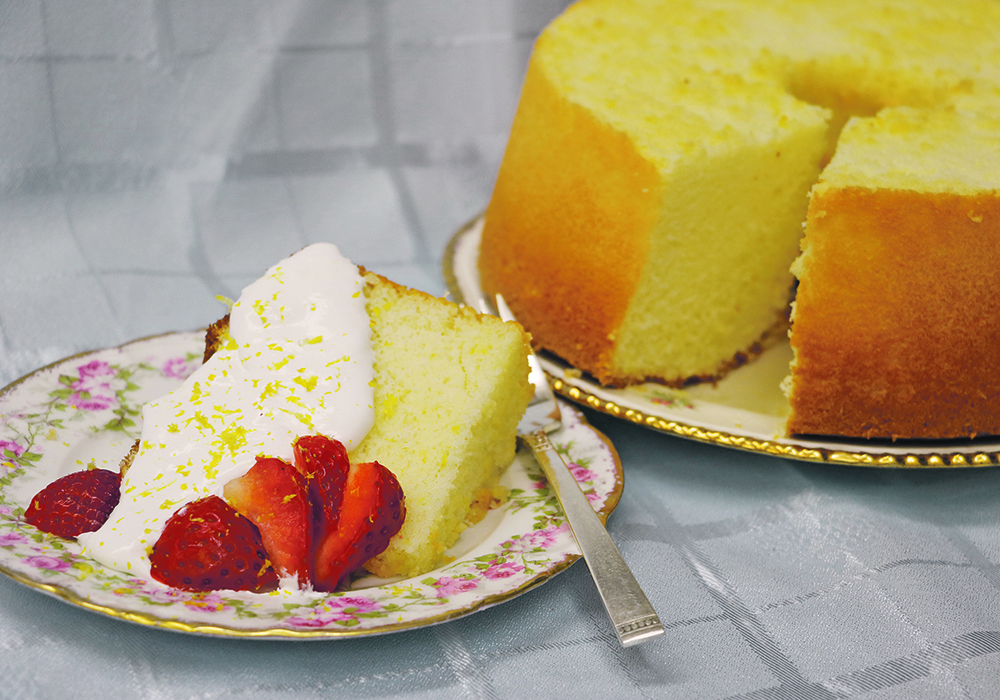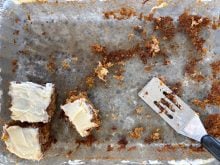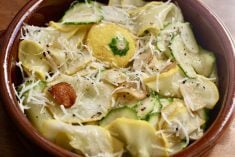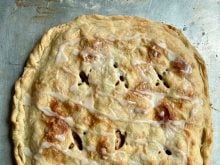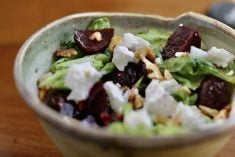In the 1950s, rural women had many questions about building or renovating their farm home, selecting and adapting to new electric appliances, how to launder and remove stains from new types of textiles and how to plan healthy meals for their families, among a long list of topics.
A young farm wife, Mrs. Emmie (Ducie) Oddie, who was also a nutritionist and former extension home economist, could appreciate these questions and knew how and where to find some answers.
In 1947, she began writing a column in the women’s section of The Western Producer titled I’d Like to Know. Her column met the needs of rural western Canadian families for almost 50 years, until her retirement in 1995, at the age of 79.
Read Also

Fuel rebate rule change will affect taxes and AgriStability
The federal government recently announced updates to the fuel rebates that farmers have been receiving since 2019-20.
Oddie knew what farm women were coping with because she was one. She would often share personal stories about her family, from the mischief of her children to how grasshoppers had ravaged her garden. She and her husband, Langford, were thrilled at getting electricity in their farm home, just as other farm families were, but they were also worried about drought and grain prices. Oddie could relate to her readers and the readers responded by sharing their recipes, experiences and advice with her, who included much of the information in her column.
Oddie, in today’s vernacular, would be called an influencer. She didn’t have an internet channel, but she had a faithful community of readers who respected and appreciated her down to earth approach and commonsense advice.
Of course, the readers asked questions. In her Sept. 15, 1949, column, Mrs. D.T. from Kinistino, Sask., asked Oddie what makes a chocolate cake red and did she have a recipe for a moist, red chocolate cake?
Oddie’s reply stated, “the red color of devil’s food cake is produced by an excess of baking soda. There is more baking soda than is required to neutralize the sour milk and the slight acidity of the chocolate. The alkaline reaction on the chocolate gives the deep red color.” She said different brands of chocolate and cocoa can also affect the red colour.
This is the recipe Oddie shared with the readers.
Red Devil’s Food Chocolate Cake
- 1/2 c. boiling water
- 2 oz. solid unsweetened chocolate
- 1/2 c. shortening
- 1/4 c. brown sugar
- 2 eggs, well beaten
- 1 1/2 c. sifted cake flour (the flour must be sifted before measuring)
- 1 tsp. baking soda
- 1 tsp. baking powder
- 1/2 tsp. salt
- 1/2 c. sour milk or buttermilk
- or add 1 tsp. vinegar or lemon juice to 1/2 cup fresh milk
- 1 tsp. vanilla
In a saucepan, pour boiling water over chocolate, stir over low heat until thick and smooth, cool.
Cream shortening, add sugar, creaming until fluffy. Add beaten eggs and mix well.
Add cooled chocolate mixture and vanilla to egg mixture, mixing thoroughly.
Sift in dry ingredients alternately with milk, mix to combine. Pour into a well-greased and floured nine x 13 inch cake pan and bake in a moderate 350F oven for 30 to 35 minutes.
Oddie also commented that “one authority recommends sweet milk and soda for an even deeper color. Since it’s the excess of soda that produces the color, he says, why use up your soda neutralizing the sour milk? But beware of ruining the flavour of your cake with too much soda.”
She expressed her preference by stating, “I think I prefer the real chocolate flavor of just a brown chocolate cake.”
Important notes: Cake flour is a fine-textured soft wheat flour with a high starch content that produces tender cakes. Sift the flour before measuring, to remove lumps and to add air to the flour. After sifting, spoon flour lightly into a measuring cup. Don’t pack it down, just gently scoop it. A fine sieve works well instead of a sifter. Be sure to use a standard measuring cup and measuring spoons and have all measurements level. Oddie noted that “these are precautions that should be taken every time you bake.”
A young newlywed was seeking Oddie’s help in finding a cake recipe that she could serve for the neighbourhood afternoon tea. It seemed that by the time it was her turn to host the group, all the cake varieties had been served. She wanted something a little different. In her Oct. 13, 1949, column Oddie asked “if she had tried a chiffon cake that had made baking news in 1948?” Oddie had not given the recipe previously because the cake contained salad oil instead of butter or shortening, which were more common in farm kitchens.
Oddie went on to tell the story behind the chiffon cake, Harry Baker of Los Angeles created the recipe. For 20 years he had served his famous chiffon cakes to film stars and celebrities, keeping the recipe a closely guarded secret. As he got older, he didn’t want the recipe to get lost, so he sold it to General Mills. They perfected the recipe and used it in a large advertising campaign, with photographs, in many women’s magazines.
Oddie explained that “a chiffon cake is like a sponge cake because of the high proportion of eggs and yet like a butter cake because of its fat content and yet not like either because of the very different method used to make it.” Emmie felt it was an excellent cake for this young woman to serve.
Lemon Chiffon Cake
- 2 1/4 c. cake flour, sifted before measuring
- 1 1/2 c. sugar
- 3 tsp. baking powder
- 1 tsp. salt
- 1/2 c. cooking or salad oil (we now recommend canola oil)
- 5 unbeaten egg yolks
- 3/4 c. cold water
- 2 tsp. vanilla
- 1 lemon, grated rind only
- 1 c. egg whites
- 1 tsp. cream of tartar
Sift flour and measure by scooping with a spoon into measuring cup. Sift flour, sugar, baking powder and salt together into mixing bowl.
Make a well in dry ingredients and add salad oil, unbeaten egg yolks, water, flavouring and lemon rind. Beat with a spoon until very smooth. (Use an electric beater.)
Add cream of tartar to egg whites in a large bowl, beat until very stiff peaks form. The egg whites should be much stiffer than for angel food or meringue.
Gently fold flour and egg yolk mixture into egg whites with a rubber scraper just until blended. To fold start at back of bowl with a rubber spatula, cut down through both mixtures, across bottom of bowl and up nearest side. Rotate bowl a quarter turn, bring spatula across top of mixture and repeat. This gentle down, across, up and over motion folds the two mixtures together. There is no stirring motion. When completely combined, pour batter into an ungreased tube pan and bake in a slow to moderate oven 325 F for 55 minutes, increase heat to moderate 350 F for 10 minutes. When done, the top should spring back when pressed gently.
Turn pan upside down to cool, placing tube part over neck of a funnel or bottle. If baking in an oblong pan, rest edge of pan on two other pans so cake can hang until cold.
There are many varieties for chiffon cake from peppermint to chocolate.
In The Western Producer there was a section for teen readers called the Young Cooperators where readers shared stories, poems and recipes. In the Dec. 14, 1950, paper a reader shared this unique recipe.
Potato Peppermint Candy
- 1 medium-sized potato, baked until mealy
- 4 – 6 c. icing sugar, until mixture is stiff
- 1 tbsp. butter
- dash salt
- 1 tsp. peppermint flavouring, or more if needed
Sift sugar and stir gradually into the potato, which has been finely mashed. The mixture will get watery and then thicken as more sugar is added. Add butter, flavouring and salt, beat until cool enough to drop from a spoon or run through a cake decorator on to waxed paper. Delicious. – “Nicci” (17), Carvel, Alta.
Betty Ann Deobald is a home economist from Rosetown, Sask., and a member of Team Resources. Contact: team@producer.com.


